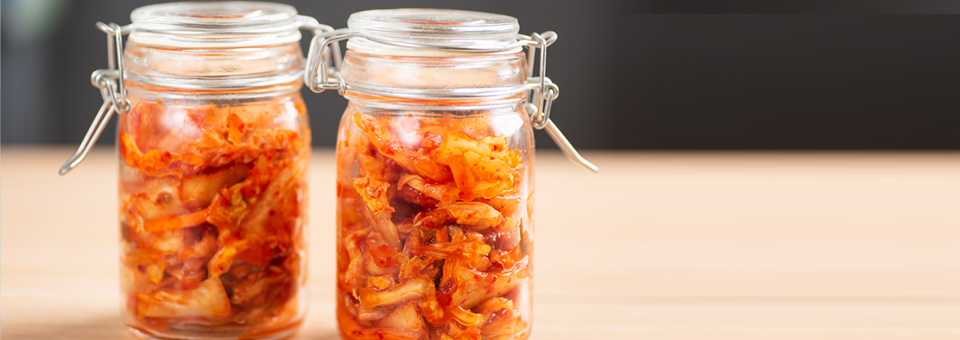Roman gladiators used to scrape the dirt, oil and sweat from their skin after they finished fighting, bottle it and sell it to women who used it as an anti-aging face cream.
That sounds pretty stomach-churning to us today. But this skincare ritual actually makes a lot of sense.
You see, your skin is home to millions of bacteria, fungi, viruses and microbes. And if you’re like most Americans, you wash once — sometimes twice — a day to remove these dirty “bugs.”
But this modern obsession with hygiene can damage your skin because the vast majority of these microbes are beneficial. In fact, our lives depend on these microbiomes in ways researchers are only beginning to understand.
Your skin microbes actually protect your skin and promote its health.1
They form a protective barrier against invading, harmful bacteria. And they balance your skin’s pH levels, boost your immune system — and can even protect against skin cancer.2,3
In a moment, I’ll share the simple way you can get your skin’s microbiome back in balance. But first, I want to tell you how we ended up harming our body’s biggest organ and leave it vulnerable to disease…
Why Are We “Sterilizing” Our Skin?
In the desire to keep ourselves safe from illness, we went too far… We wage a daily war on germs with chemical “weapons” — cleansers with antibacterial agents.
But it’s not natural. After all, our ancestors used to walk barefoot through the dirt and mud. And bacteria was everywhere — providing a protective skin barrier.
There are tribes that still live this way today. I’ve been lucky enough to visit many of them — in the African jungles and deep in the Amazon rainforest.
Not only are these tribes incredibly healthy, they have some of the most amazing
skin that I’ve seen… firm, unblemished and free of wrinkles.Recent studies back up what I’ve seen. Researchers have sequenced the microbiome of some of these isolated tribes. The results show that their skin microbiomes possess an unprecedented volume of beneficial bacteria.
In fact, their skin contained a certain kind of bacteria called ammonia-oxidizing bacteria (AOB). Believed to feed on sweat and then convert into nitrite and nitric oxide, AOB functions as natural, built-in cleanser that also protects and repairs the skin.4
It turns out that a unique kind of AOB called Bifidobacterium longum is a proven probiotic that all of us had on our skin at one time — even newborn babies have it. But most of us don’t have any of this beneficial bacterium anymore…
Our manufactured soaps and body cleansers wash it away.
But you can bring this probiotic back. When you increase Bifidobacterium longum, these essential bugs form a protective skin barrier that will:
- Fight infections
- Block environmental damage
- Boost immunity
- Balance pH levels
- Improve hydration
- Reduce wrinkle depth
- Increase skin elasticity
Nourish Your Skin With Delicious Kimchi

Fermented foods are one of your best sources of Bifidobacterium longum. But you don’t need to rub kimchi on your skin to get the benefits.
You see, your skin and your gut are linked by what’s called the gut-skin axis. Research has found that your gut microbiome directly affects your skin. When your intestinal barrier isn’t healthy, bad bacteria enters the bloodstream, builds up in your skin and damages the skin microbiome.
Along with kefir, one of my favorite fermented foods is sauerkraut. This Chinese invention is loaded with good bacteria. Here’s my easy recipe:
Ingredients:
- 2 1/2 pound head of cabbage
- 4 to 5 tsp. salt
Directions:
- Remove and discard the outer leaves. Cut out the core and rinse well. Reserve one leaf for later.
- Shred the remaining cabbage and sprinkle with salt. Place in a bowl and let sit 15 minutes.
- Knead the mixture with your hands for five minutes, allowing it to release its liquid.
- Pack into a quart glass jar. Pour the liquid over the cabbage, place the reserved leaf on top and cover.
- Ferment at room temperature for one to four weeks, depending on how sour you like it. Refrigerate afterward.
To Your Good Health,

Al Sears, MD, CNS
1. Grice EA and Segre JA. “The skin microbiome.” Nat Rev Microbiol. 2011;9(4):244-253.
2. Cogen AL, et al. “Skin microbiota: A source of disease or defence?” Br J Dermatol. 2008;158(3):442-455.
3. Sherwani MA, et al. “The skin microbiome and immune system: Potential target for chemoprevention?” Photodermatol Photoimmunol Photomed. 2018;34(1):25-34.
4. Probst AJ, et al. “Archaea on human skin.” PLoS One. 2013;8(6):e65388.

